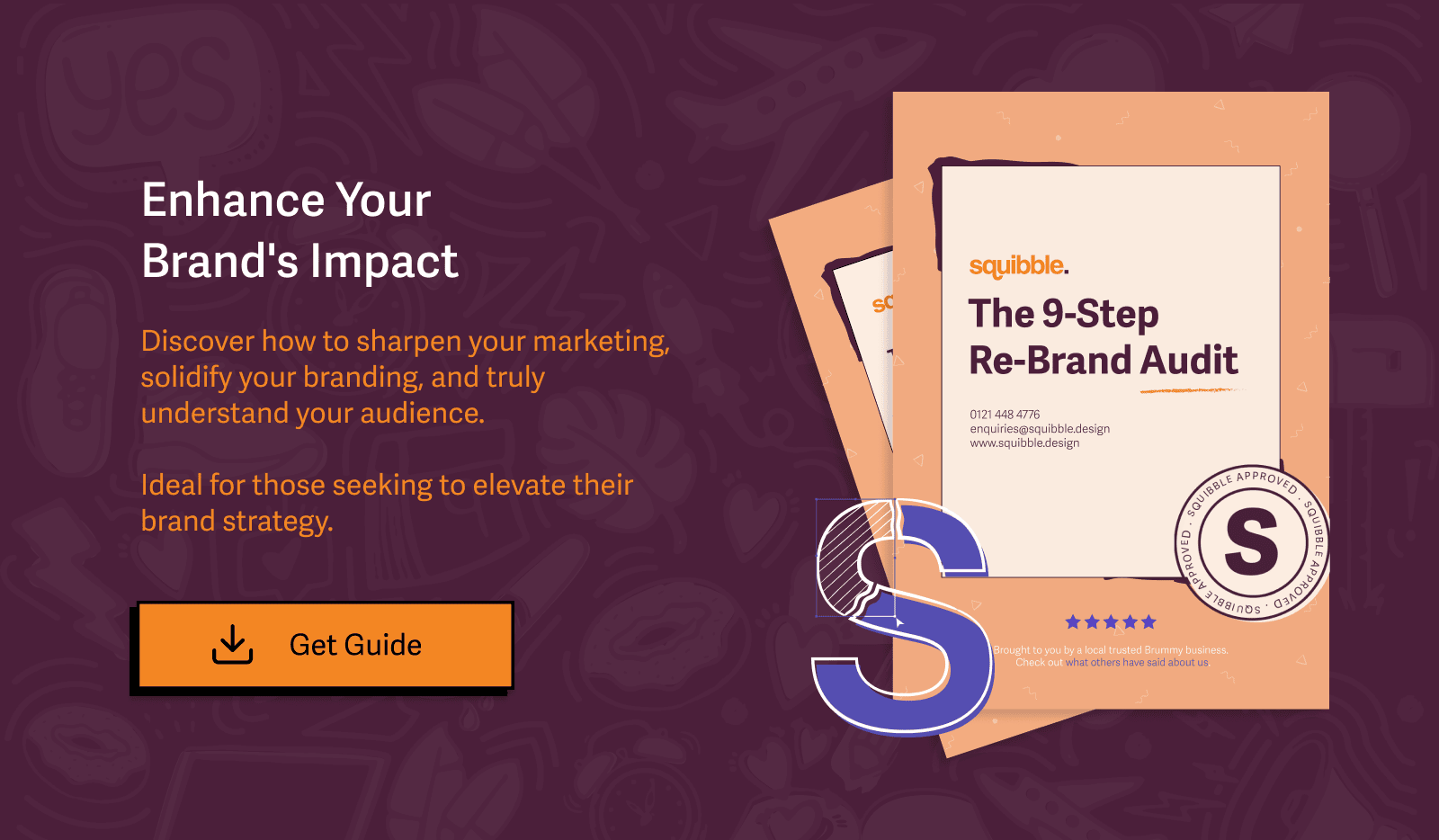How to create a global brand
Coors – An American powerhouse of a brewery, when you hear their name, it likely conjures up words such as refreshing, heritage and authentic. This brand is the third-largest of its kind in the world, they’ve hard earned their image. Except their image wasn’t so effective when they launched in Spain, where their slogan “Turn It Loose” was translated – into a colloquial term for having diarrhoea. Safe to say some expensive damage limitation was required to rectify the issue. Moral of the story? If you’re targeting a global organisation, you need some pretty solid groundwork laid.
Beyond the brand name, logo and tagline
Beyond shaky translations, there are plenty of far more subtle cultural considerations that could be overlooked if you’re not focused on a globalised brand – nuances that have seen Nike recall thousands upon thousands of trainers that featured a fire icon – an icon that inadvertently looked like the Arabic word for Allah (to say this could have been a cultural faux pas would be an understatement).
Then, there are colours – psychological or blatant connotations – such as where red represents danger in the UK, whilst in China it represents luck, and in Russia, it signifies communism.
Yet all of the above are relatively text-book stuff, and despite major brands getting these wrong, there are far more challenging tasks on your hands when it comes to a truly global brand. This includes positioning, vastly different customer behaviours and regional market demands.
Globalised Branding – It’s all in the PlanningBranding. It’s critical. But cross-border branding? Well, even more so. The consequences of not crafting a global brand that transcends cultures, countries and borders could well be, at best, a costly misstep, and at worst, brand-breaking before you’ve so much as begun. So, just what does it take to create a worldwide brand?

1. Customer Behaviour – You’ll need to understand your average customer in every country
How do local consumers or businesses buy? Which habits or preferences should you consider when creating your brand strategy? Logistics such as this are part and parcel with your brand – ignore them at your peril.
2. Positioning – Place yourself next to your competitor, then ask yourself some tough questions
Exceptional brand positioning requires that you deeply understand your competition overseas and at home – if you skip this, you’ll overlook just how it is that you can gain a competitive edge. Look at those who are selling the same or similar products or services abroad – how do they represent themselves, connect with their audience and sell their offering?
3. Connect with solid partners
If you’re going to go it alone without the help of a branding agency to shape and position your brand, there are some elements where professional services are absolutely critical – such as a lawyer to ensure your IP is protected abroad, and trusted overseas representatives to ensure any licensed products or services are being delivered/manufactured or provided as they should.
4. Appreciate (fully) how your brand translates
If there’s one thing that’s clear from the Coors debacle, it’s that brands can become badly lost in translation. Consulting with specialist translation companies (who specifically deal with globalised brands) is a must – such companies can also advise and guide on colours.
Crafting a name, slogan or logo that’s free from cultural or regional constraints is one thing – building a brand that connects with consumers the world over is quite another. We have been named as one of the top branding agencies and we appreciate the complex challenge companies are faced with – and over the years we’ve helped so many companies in going global with marketing messages that resonate no matter the audience.







